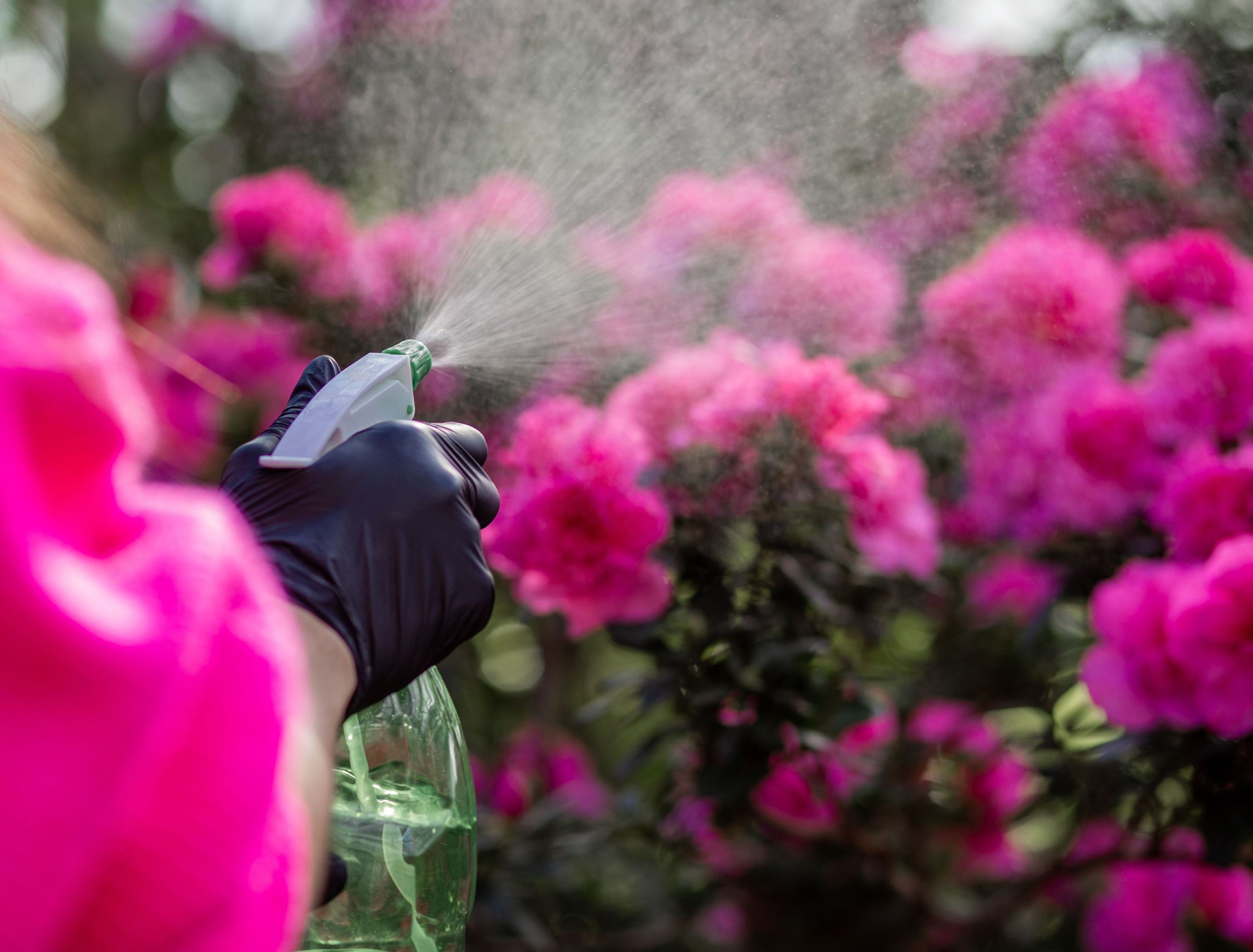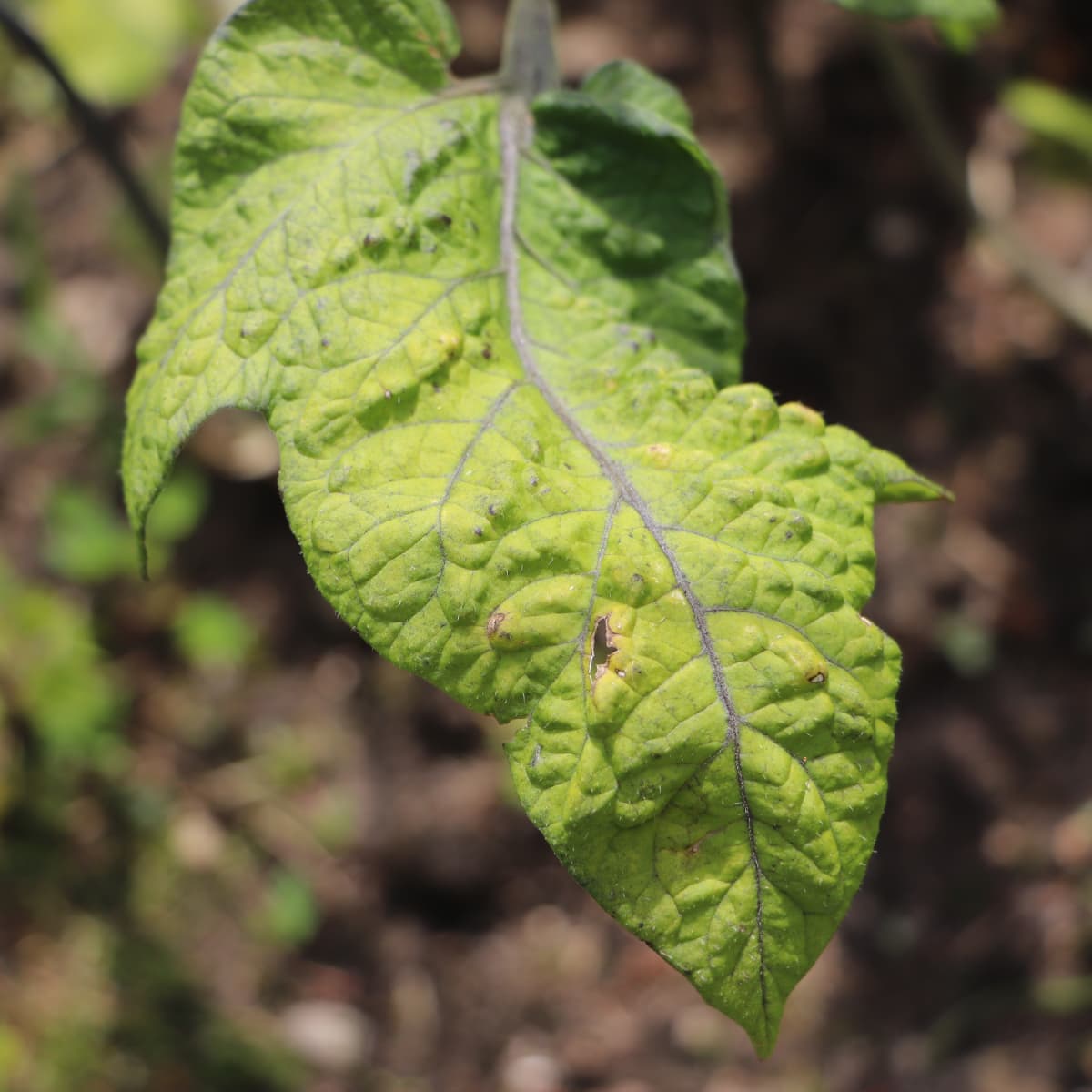Learn Concerning the Certain Plants That Are Negatively Affected by Epsom Salt Application
Epsom salt, a prominent household treatment for various gardening issues, is frequently commended for its valuable effects on plant development. Comprehending the particular plants that can be detrimentally impacted by Epsom salt is vital for any garden enthusiast looking to maximize their plant care regimen.
Roses

Roses, specifically delicate to adjustments in their setting, can be adversely influenced by the application of Epsom salt. While Epsom salt is frequently made use of as a fertilizer to promote plant development and enhance blooming, roses are one of the plants that do not react well to its application. The high magnesium content in Epsom salt can disrupt the uptake of various other vital nutrients by the rose plants, leading to shortages that materialize as yellowing fallen leaves or stunted growth.

Tomatoes
Tomatoes, recognized for their versatility in culinary applications, can display negative results when exposed to Epsom salt as a result of their details nutrient needs. While Epsom salt is typically promoted as a solution for numerous plant issues, including bloom end rot in tomatoes, its application can lead to detrimental outcomes if not used sensibly. Tomatoes are hefty feeders that need a balanced intake of nutrients, specifically calcium, to grow. Too much Epsom salt, which is magnesium sulfate, can disrupt the delicate nutrient equilibrium required by tomatoes, potentially causing shortages in various other important nutrients like calcium. This discrepancy might manifest in signs such as stunted development, yellowing fallen leaves, or perhaps minimized fruit manufacturing in tomatoes. When thinking about the use of Epsom salt on tomatoes, it is important to adhere to suggested application rates and dirt testing to prevent unintended consequences on the total wellness and productivity of these cherished garden plants.
Peppers
Peppers, revered for their various colors and degrees of spiciness, can demonstrate sensitivity to unfavorable effects from Epsom salt when not used with care and factor to consider for their particular dietary needs. what plants don't like epsom salt. Peppers, coming from the Solanaceae family members, call for a delicate equilibrium of nutrients to thrive. While Epsom salt is recognized to enhance magnesium degrees in plants, extreme application can interrupt this equilibrium, bring about unfavorable impacts on pepper plants
When peppers are subjected to high degrees of magnesium from Epsom salt, it can hinder the plant's capacity to absorb other crucial nutrients like calcium and potassium. This inequality may show up in symptoms such as fallen leave staining, stunted development, and minimized fruit manufacturing. Additionally, the extreme magnesium can modify the soil pH, additional worsening nutrient uptake issues for peppers.

Rhododendrons
Given the sensitivity of particular plant types to inequalities created by Epsom salt, it is necessary to think about the influence on Rhododendrons, which additionally require particular nutrient levels to prosper. Rhododendrons are acid-loving plants that like acidic dirt problems with a pH range between 4.5 and 6.0. Epsom salt, chemically referred to as magnesium sulfate, can alter the soil pH and interrupt the fragile equilibrium of nutrients crucial for Rhododendron wellness.

To maintain the optimum development and health and wellness of Rhododendrons, it is essential to prevent the unplanned use Epsom salt and rather concentrate on offering the specific acidic soil conditions and nutrients that these plants require for prospering.
Azaleas
Azaleas, recognized for their dynamic blooms and wide variety of colors, are ornamental hedges that belong to the Rhododendron category. These popular blooming plants are commonly located in parks, landscapes, and gardens as a result of their charm and adaptability. Azaleas are sensitive to modifications in soil pH levels, which can considerably impact their development and general health. While Epsom salt is frequently used as a treatment for magnesium deficiency in plants, its application to azaleas can have adverse impacts.
When Epsom salt is applied to azaleas, it can change the dirt pH, making it extra acidic. Azaleas choose somewhat acidic dirt problems, and an excess of magnesium from Epsom salt can disrupt this balance, bring about nutrient imbalances and prospective poisoning concerns. The incorrect application of Epsom salt can cause stunted development, yellowing of fallen leaves, and total decline in the health and wellness of azaleas. As a result, it is crucial to be cautious when taking into consideration the use of Epsom salt on azaleas to avoid any type of unfavorable effects on these fragile decorative shrubs.
Verdict
To conclude, it is necessary to be mindful of the specific plants that can be detrimentally affected by the application of Epsom salt. Roses, tomatoes, peppers, azaleas, and rhododendrons are some instances of plants that might not take advantage of Epsom salt and could even endure harm. It is vital to study and comprehend the needs of each plant types prior to making use of Epsom salt as internet a fertilizer to ensure their wellness and health.
Comprehending the particular plants that can be detrimentally influenced by Epsom salt is essential for any type of garden enthusiast looking to optimize their plant care routine. While Epsom salt is frequently made use of as a fertilizer to promote plant growth and improve flowering, roses are one of the plants that do not react well to its application.Too much use of Epsom salt can also result in a build-up of salts in the soil, leading to root damages and dehydration of the rose plants. While Epsom salt is recognized to enhance magnesium degrees in plants, extreme application can disrupt this equilibrium, leading to unfavorable effects on pepper plants.
The high salt web content in Epsom salt can also dehydrate Rhododendron roots, triggering additional stress and anxiety and damages to the plant. (what plants don't like epsom salt)